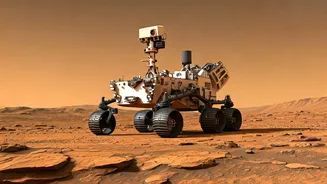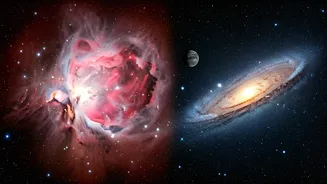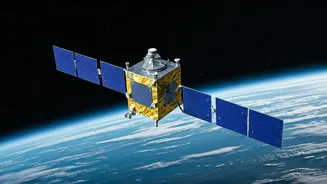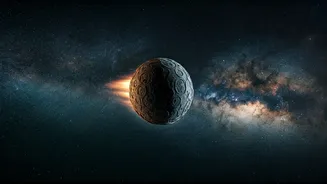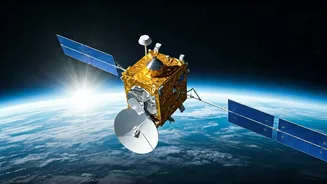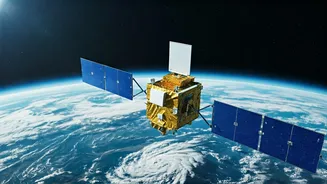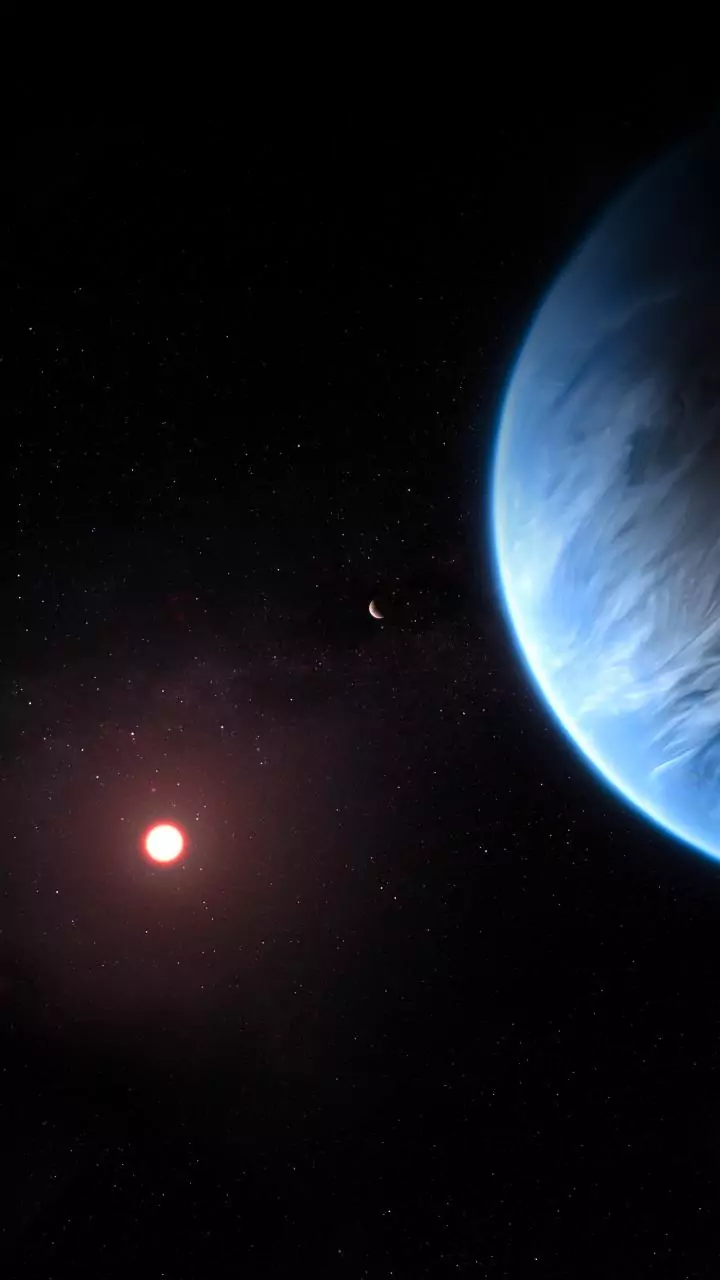Martian Biosignatures Explored
Perseverance's mission centers around searching for signs of past life on Mars, specifically in areas that were once habitable. One of the significant
discoveries is the identification of a potential biosignature. This find is arguably the most promising evidence to date, signaling the presence of organic molecules or structures that could indicate ancient microbial life. Moreover, scientists are studying a mysterious substance found by the rover, which might be a previously unknown mineral, potentially linked to past geological processes. These findings significantly boost the prospects of understanding whether life ever existed on Mars and what forms it may have taken. The identification of such biosignatures is crucial for directing future investigations and potentially revealing whether the planet could once have supported life.
Rover's Advanced Tools
The Perseverance rover is equipped with state-of-the-art tools enabling it to conduct detailed investigations of the Martian surface. The rover serves as the eyes and ears of scientists, collecting essential data from millions of miles away. It employs advanced instruments to analyze the composition of rocks and soil, and it can also take samples for later analysis. The tools that Perseverance uses include sophisticated cameras, spectrometers, and a ground-penetrating radar. These technologies are crucial for detecting subtle chemical or structural signatures of potential past life and for understanding the geological history of the planet. The rover's sophisticated imaging and analytical capabilities allow scientists to explore the most promising locations, increasing the likelihood of making groundbreaking discoveries related to ancient Martian life.
Crater's Life Potential
Perseverance is currently exploring a specific location: a Mars crater, which might have once been a lake, a favorable environment for life. The crater's geological characteristics and the presence of sedimentary rocks suggest that the area may have been habitable in the past. These rocks can preserve evidence of past microbial life. Furthermore, evidence found by the rover is suggesting that the crater did, in fact, host life in ancient times. Studying this site helps to determine the conditions under which life may have emerged and thrived on Mars. The samples collected here will be pivotal in evaluating the planet's potential for habitability and in assessing whether the conditions allowed for the formation and evolution of life. The crater's exploration is a central element of the Mars exploration program.
Future Sample Returns
The potential discovery of a biosignature has intensified the focus on future sample return missions. These missions are designed to bring the Martian samples collected by Perseverance back to Earth. Once they get back to Earth, scientists can perform detailed analyses using advanced laboratory techniques. The potential of the samples to answer questions about the presence of life on Mars is immense. It would allow scientists to conduct sophisticated analyses that are impossible to conduct on the rover itself. These future missions represent a key step in conclusively determining whether life once existed on the Red Planet. The possibility of studying returned samples is a central element of the mission, and it holds tremendous potential to provide definitive answers about whether life existed on Mars.
Implications of Discoveries
The discoveries made by the Perseverance rover have far-reaching implications for the search for life beyond Earth. They increase the chances of understanding whether Mars was ever habitable and, consequently, whether life once existed on the planet. Furthermore, these findings boost the likelihood of similar discoveries in other parts of the universe. The mission informs our understanding of the conditions needed for life to emerge. Also, it assists in the development of more advanced technologies for exploring other planets. Ultimately, these findings are helping us to improve our knowledge about the origin and distribution of life in the universe. Scientists are using the knowledge acquired to look for life in other parts of the solar system and even beyond.
